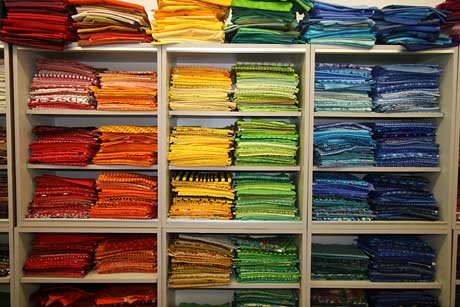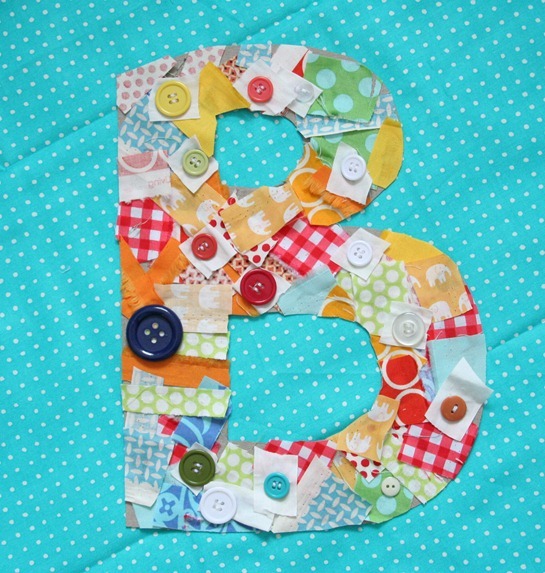Do you need a strong seam that will hide the fraying edge of the fabric? The Flat-Felled Seam is perfect for this because unlike a French Seam, it uses a double line of thread to hold the piece together versus just one. The flat-felled theme is typically used in sports garments since they require extra strength and reversible garments because it's a finished edge on both sides.
1. To begin the flat-felled seam, place the fabric pieces on your sewing table or surface with the wrong sides together. In the video you can see I marked mine with a "W" to show which side was the wrong side. If your fabric doesn't have a wrong side, even better! I used some scrap fabric but if you're using large pieces, it may be helpful to pin everything in place.
2. Sew a plain seam (I used 5/8 inch seam allowance) and then press it to one side. I then fold over both those edges and sew a seam of about 1/4 inch. While folding it over I ironed to to keep it in place. You can also pin your fabric if that helps.
3. Using the needle as a sewing guide, stitch the edge of the fold through all the layers of the fabric.
And your done! I haven't tried to do this type of seam on a curve but would imagine it be too hard and get too bulky. One thing I did wrong is not holding both sides out enough when sewing step 3. As you can see in the image, the fabric on one side bunches somewhat.
This seam is fairly simple and provides a great finished edge for many projects. Now you don't have to work around those fraying edges!
What do you think? Did I miss anything? If you have any questions or tips, please don't hesitate to comment or email me at Yasmine@FabricLovers.com












